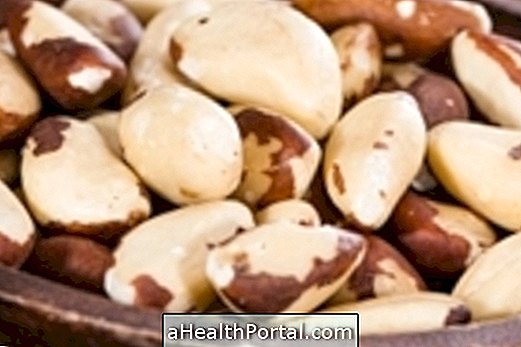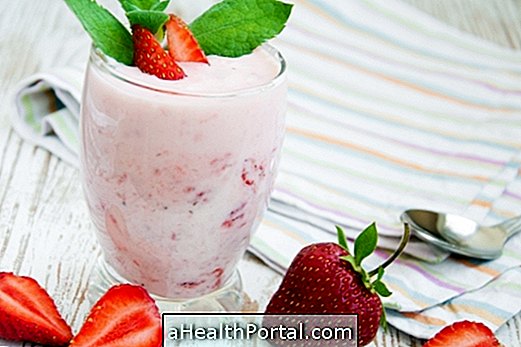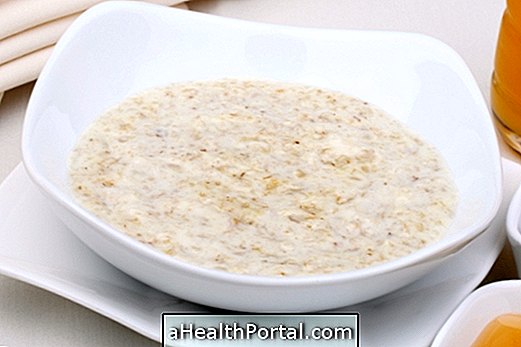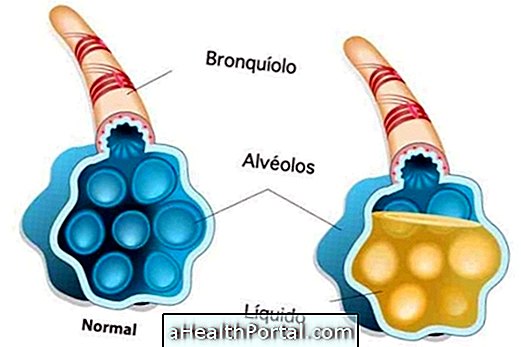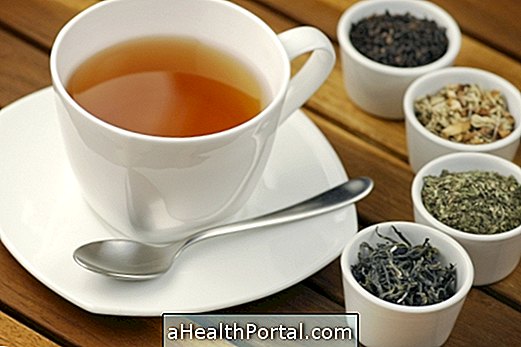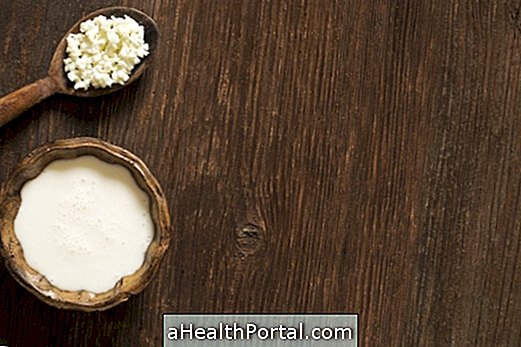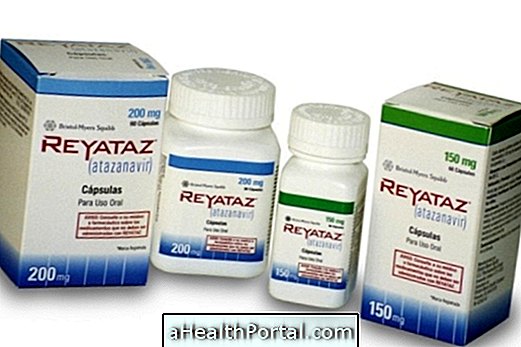Breastfeeding for phenylketonuric is possible, but has to be controlled because breast milk contains phenylalanine. And it is recommended that the amount of phenylalanine for a baby up to 6 months of age remains between 20 and 70 mg of phenylalanine per kg body weight.
This is why the pediatrician monitors the concentration of phenylalanine weekly through the results of the baby's blood test and guides the mother about the amount of breast milk and non-phenylalanine-free pharmacy milk that the baby can take without impairing physical and mental development, guaranteed that the baby grows in a healthy way.
How to safely breastfeed your baby with phenylketonuria
Although it is common to exclude breast milk from feeding the baby with phenylketonuria by feeding only a pharmacy milk without phenylalanine, it is possible to breastfeed the phenylketonuric baby, but it is necessary to:
- Do a blood test on the baby every week to check the values of phenylalanine;
- Calculate the amount of breast milk to give to the baby, according to the values of phenylalanine in the baby's blood, as directed by the pediatrician;
- Calculate the amount of pharmacy milk without phenylalanine, to supplement the baby's diet;
- Withdraw with the pump the right amount of breast milk that the mother can give the baby;
- Use the bottle or the Relacation technique to feed the baby.
It is essential to exclude from the food the amino acid phenylalanine, so that the baby does not have problems in the physical and mental development, like mental retardation. See an example of phenylketonuric diet in: Diet for phenylketonuria
